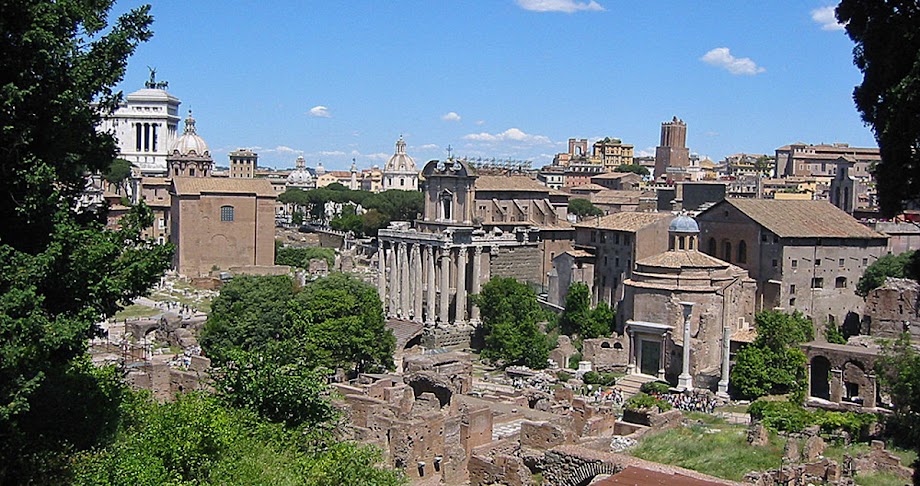So I began there, and took in Wapping, Shadwell, and Limehouse, ending at Canary Wharf. Interesting walk, with not much river to be seen at first, but in the latter part of the journey a good bit more open promenades along the Thames were made available to the pedestrian. I knew little of the history along this route, and still don't know all that much, except to say that it's all about sailors, pirates, immigrants made use of as cheap labor -- a bit of a mess recently transformed into very posh neighborhoods with river views.
I started at the Tower Hill tube station and crossed under the Tower Bridge.
 |
| Marina at St Katharine Docks |
About the docks, the name St. Katharine comes from a hospital of that name on the site from as early as the twelfth century.
 |
| Dickens Inn, St Katharine Docks |
 |
| One of the first chances I had to look back at the river |
From St Katharine Docks I walked on to Wapping. The upcale housing continued along the river, but a good bit of the route took me down the narrow Wapping High Street, another not at all unpleasant place to stroll, today.
 |
| New Crane Wharf, Wapping new posh residences |
 |
| The Town of Ramsgate Pub see the sign about the stairs |
 |
| The Prospect of Whitby pub - oldest on the river? |
 |
| A riverside park in Wapping |
 |
| Open promenade along the Thames |
 |
| A "bascule" bridge in Shadwell basin |
 |
| The Thames, and in the distance, Canary Wharf |
But one more area needs a brief report, just before I get to my final destination,
 |
| A narrow pub on Narrow Street |
The central street in Limehouse is so narrow that it is actually called Narrow Street! I walked along it, but by this time there were even more opportunities to walk on the bank of the river, and for longer stretches. That's because I was approaching the final stop on my walk, that futuristic community in service of Pluto and more modern gods of money, Canary Wharf.
 |
| Canary Wharf - last chance I had to get a shot of the full complex |
The docks are located on an area in London at a sharp curving or "meander" of the Thames called The Isle of Dogs. The history of the isle goes back much further in time than do the docks built upon it, as maps of mid-sixteenth century London labeled the area The Isle of Dogs. There are too many possible theories to enumerate concerning how the isle got its name, so I'll prefer the most dramatic one; that the name is a satirical reference to the Isle of England. Ben Jonson and Thomas Nashe wrote a play called The Isle of Dogs on that subject that was performed briefly in 1597 before being suppressed for its slanderous content. If you don't like that theory, not to worry, there are plenty of other possibilities, I'm just not going to go into them here. Recent history? In 1988 building began on the gargantuan business complex, the then tallest building in the U.K., One Canada Square, and other buildings were completed in 1991, but shortly after the commercial property market collapsed and Canary Wharf filed for bankruptsy in 1992. When the economy recovered, so did the area. In 2004 a consortium of investors took it over and today it Canary Wharf and today it thrives. All in all an isle hardly gone to the dogs!
 |
| The riverfront at Canary Wharf |
 |
| Interesting placement of the stairs from the waterfront to the massive buildings of Canary Wharf |

No comments:
Post a Comment